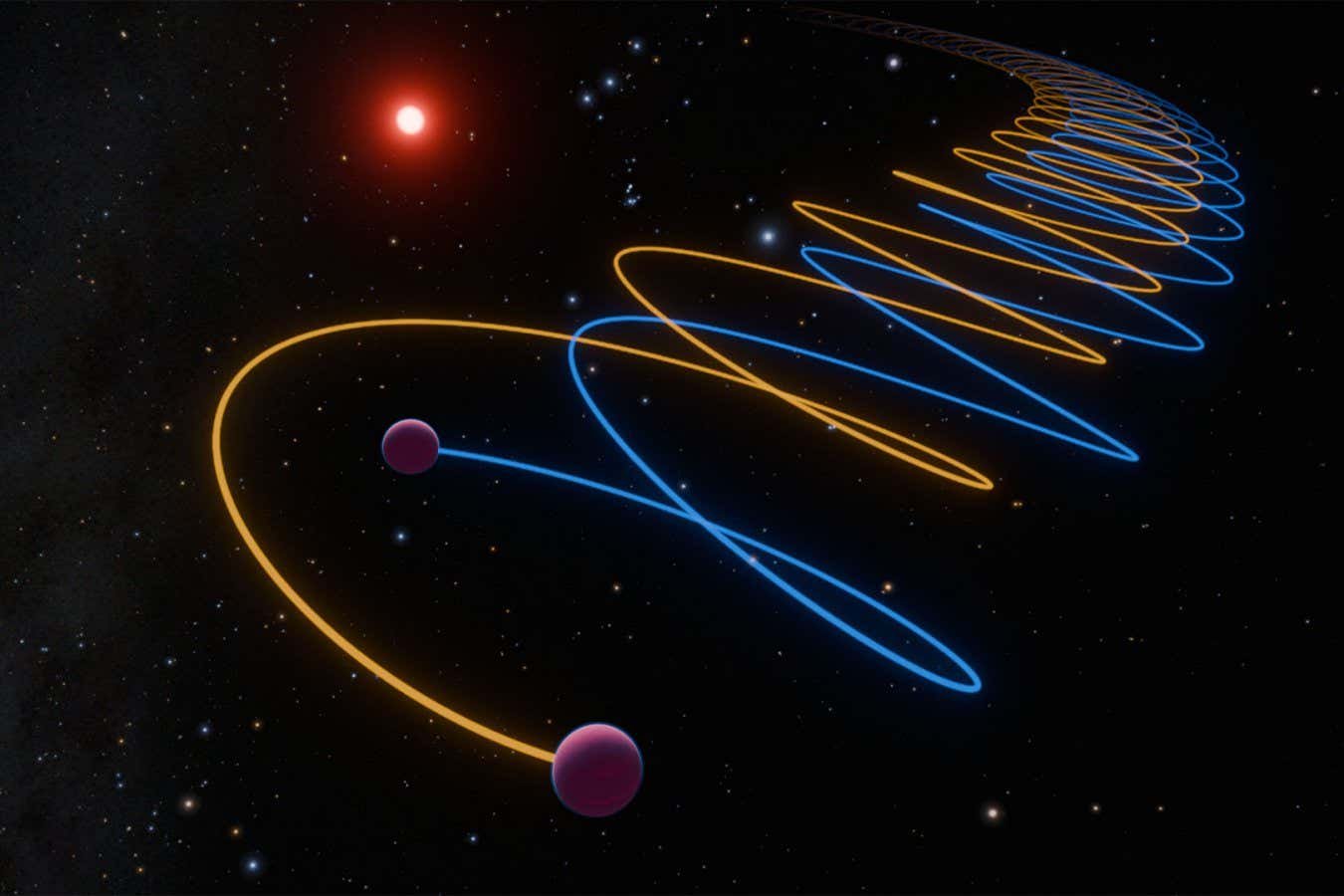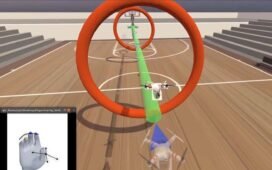
Congratulations, it’s twins
K. Miller, R. Hurt/Caltech/IPAC
An odd star that has confused researchers for decades now makes sense – it turns out not to be a single star but two companions.
“It used to be that this brown dwarf didn’t make any sense. We worried that we were doing something horribly wrong, or that our models were horribly wrong. But, no, everything’s fine. It just has a friend,” says Timothy Brandt at the Space Telescope Science Institute in Maryland.
Now, two research teams have used instruments at the W. M. Keck Observatory in Hawaii and the Very Large Telescope in Chile to unravel the mystery of the first brown dwarf.
Brown dwarfs are “failed stars” in that they have too little matter and are too cool to sustain nuclear fusion. They become faint in the night sky, similar to planets, instead of burning bright for millennia. The first brown dwarf, called Gliese 229B, was discovered in 1995, but its mass was inexplicably large, says Jerry Xuan at the California Institute of Technology, who worked on one of the studies.
Gliese 229B was estimated to be about 71 times as massive as Jupiter, and a star born at that size would have not cooled down to be as dim as we see it even if it was as old as the universe, says Brandt, who was part of one of the research teams. This led some researchers to suggest that Gliese 22B is a pair of very faint stars, but until now they had no definitive evidence.
Xuan says this is because the two brown dwarf companions, Gliese 229Ba and Bb, are unusually close together and seeing them both required very precise observations. But observations by the two teams confirmed that they are separate and orbit each other every 12 days, always keeping a distance about 16 times as large as that between Earth and the moon.
Uncovering Gliese 229B’s double identity may be the beginning of a trend, says Samuel Whitebook at the California Institute of Technology who was part of one of the research teams. “There are likely many binary systems that have been hiding under our noses this whole time,” he says.
Xuan says he has already picked out several other brown dwarfs to examine more precisely. Because brown dwarfs are similar to both exoplanets and stars, understanding how many of them are actually twins may shed some light on the formation of these other cosmic bodies as well.
Topics:








